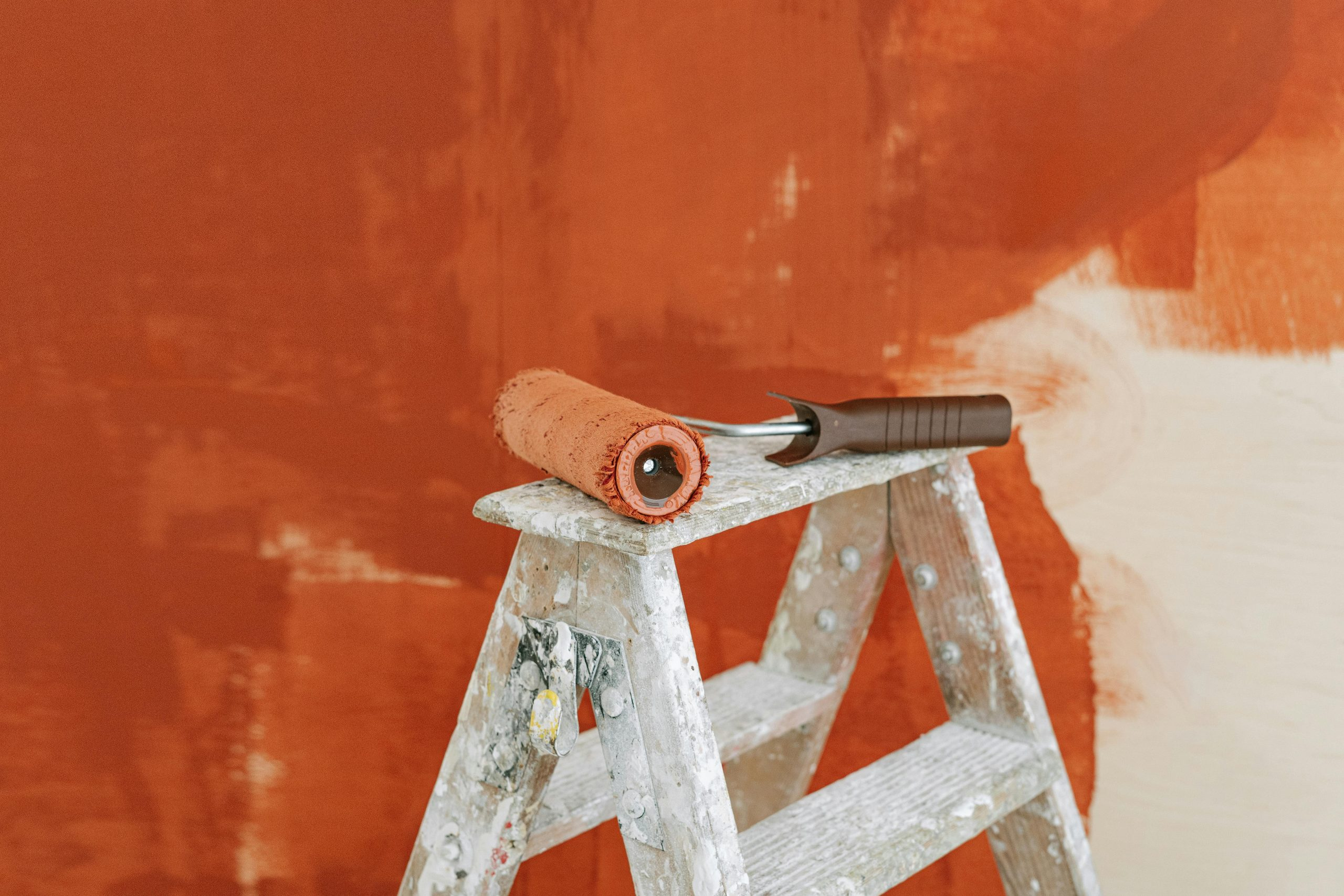Home Curing Labs: DIY Charcuterie Without Specialized Equipment
Are you tired of spending a fortune on artisanal charcuterie or struggling to find the right equipment to make your own? Look no further than home curing labs – the latest trend in DIY charcuterie. With just a few simple steps and ingredients, you can create delicious cured meats at home without any specialized equipment. Whether you’re a seasoned chef or a beginner in the kitchen, home curing labs are an accessible and affordable way to achieve that gourmet taste without breaking the bank.
What is Charcuterie?
Charcuterie is a French term used to describe a variety of cured meats, such as bacon, prosciutto, and salami. It involves the process of preserving meat through salt, curing agents, and time, resulting in a unique and intense flavor. While traditionally a staple in European cuisine, charcuterie has gained popularity all over the world in recent years, especially as part of charcuterie boards, a combination of meats, cheeses, and other snacks.
Why Home Curing?
While the idea of making your own charcuterie at home may seem daunting, it offers numerous benefits that make it worth a try. For one, you have control over the ingredients and can ensure your meat is of the highest quality. You can also customize the flavors and experiment with different curing methods. Most importantly, home curing is a fun and rewarding experience that allows you to impress your guests with homemade charcuterie at your next dinner party.
Getting Started with Home Curing Labs
Contrary to popular belief, you don’t need a complicated setup or expensive equipment to get started with home curing. All you need is some basic kitchen tools, a few key ingredients, and a little patience. Here’s a step-by-step guide to making your own DIY charcuterie without specialized equipment:
1. Choose Your Meat
The first step in the home curing process is selecting the type of meat you want to cure. Pork is the typical choice, but you can also use beef, duck, or even game meat like venison. Be sure to choose a high-quality cut of meat with good marbling for a delicious end result.
2. Prepare the Meat
Before curing, you’ll need to trim off any excess fat and remove any skin. Then, rinse the meat and pat it dry with paper towels. If you’re using a larger piece of meat, you can cut it into smaller portions for easier handling.
3. Make a Cure
The secret to perfectly cured meats lies in the curing mix. This typically includes a combination of salt, sugar, and spices like pepper, paprika, or garlic. You can also add some herbs or liquid smoke for additional flavor. Mix your ingredients in a bowl, and then rub the curing mix all over the meat, making sure to cover every surface.
4. Cure Your Meat
Place the meat in a Ziploc bag or airtight container and store it in the refrigerator for at least a week, or up to a few weeks depending on the size of the cut and the desired flavor. During this time, the salt will draw moisture out of the meat, creating an environment where bacteria cannot survive, effectively preserving the meat.
5. Dry and Age Your Meat
After the curing period, remove the meat from the refrigerator and rinse it thoroughly to remove the excess salt and spices. Then, pat it dry and hang it in a cool, dry place to dry and age. A well-ventilated area like a garage or basement is ideal. Make sure to rotate the meat every few days for even drying.
6. Enjoy Your Homemade Charcuterie!
Once your meat is completely dry, it’s ready to be enjoyed. Slice it up and serve it on a charcuterie board with your favorite cheese and crackers for a tasty and impressive snack. If you have any leftovers, wrap them in wax paper and store them in the refrigerator for up to a month.
Safety Precautions
While home curing is a simple and cost-effective way to make your own charcuterie, it’s important to take proper safety precautions to avoid any health risks. Here are a few tips to keep in mind:
1. Use High-Quality Meat
Make sure to use high-quality, fresh meat from a reputable source. Avoid using meat that has been previously frozen, as the freezing process can alter the texture and affect the curing process.
2. Follow Curing Time Guidelines
Inadequate curing time can result in spoilage, while over-curing can lead to overly dry and salty meat. Make sure to follow the recommended curing time for your specific cut of meat.
3. Keep Everything Clean
It’s essential to maintain good hygiene when handling meat, especially during the curing process. Be sure to clean all tools and surfaces thoroughly with hot soapy water to avoid any cross-contamination.
4. Store Meat Properly
Store your cured meats in the refrigerator or freezer until you’re ready to eat them, and always keep them covered to prevent contamination from other foods.
In Conclusion
Home curing labs offer a simple and accessible way to make your own delicious charcuterie without any specialized equipment. With the right ingredients and a little patience, you can impress your friends and family with your homemade cured meats and take your charcuterie game to the next level. So why not give it a try? Your taste buds will thank you.











